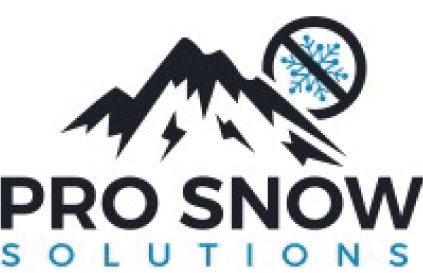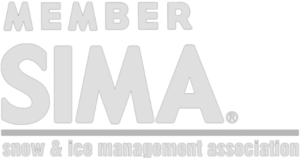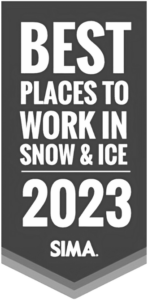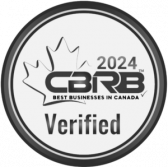Knowing the Risks and Hazards of Snow Shoveling
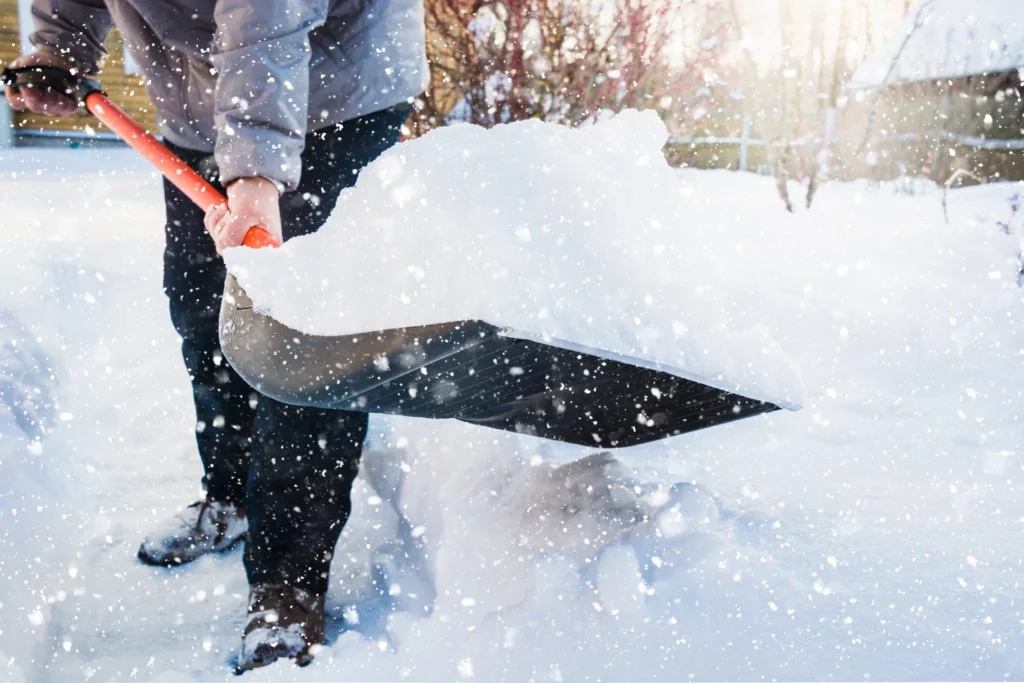
In Canada, snow shoveling is one of the leading causes of injury during the winter months. Snow shoveling can be a hazardous activity if precautions are not taken. Some of the risks and hazards associated with snow shoveling include back injuries, heart attacks, and slips and falls.
Snow shoveling can be a physically demanding activity, particularly for those who are not used to it. It is important to warm up before shoveling and to take breaks often.
Pro Snow Solutions is here to provide you with some steps to make your snow shoveling experience enjoyable:
- Warm-up. Take a few moments to warm up your muscles with smooth motions before setting out to shovel. Try bending forward and backward to acknowledge your body more, or walk in place to increase your heart rate.
- Instead of using lifting, push the snow with the shovel. Using your back and legs whenever possible when pushing snow can minimize the amount of tension caused by a back strain.
- When selecting the right shovel for the job, be sure to select an ergonomically designed model.
- Whenever possible, lighten your load. Consider reducing the weight you’re lifting with an Lighter-weight plastic shovel rather than a metal one.
- Maintain an easy pace, and drink plenty of water while shoveling. Counsel yourself to take a 20- to 30-minute break after Twenty to thirty minutes of shoveling, particularly when the snow is wet.
- Consider incorporating shoveling as part of your daily routine throughout the snowstorm to prevent having to commence a huge undertaking at once.
- Keep up with the snowfall. If possible, attempt to clear snow soon after it falls, when it’s lighter and fluffier. The longer snow remains on the ground, the wetter it might become. Sloppy, heavy snow can be difficult to move.
- Wear layers. Dress in layers and remove them as they warm in order to keep body temperature regulated.
- Maintain adequate hydration by drinking plenty of water when you’re shoveling.

A study revealed that the most frequent shoveling-related injuries were to the lower back. Injuries due to slowed blood circulation accounted for approximately seven percent of all injuries, though the most serious. If you are not active, are middle-aged or older than 50, or have conditions, such as heart disease or high blood pressure, please contact your physician. Consider using a snow blower or a snow removal company as an alternative option for snow removal.
Snow and ice pose a danger to you and your fellow citizens. As a property owner, you are obligated to take reasonable care to ensure that walkways accessible from your property do not have snow and ice. Pretreating your footpaths and other paved surfaces with an anti-icer product can make it easier to quickly remove snow and ice.
Buy salt ahead of time, as it’s sometimes unavailable during periods of very long cold winters. You can keep unused rock salt in a covered container, out of reach from children and pets.
In conclusion, it is important to be aware of the risks and hazards associated with snow shoveling. Taking the necessary precautions can help prevent injuries. If you are unsure about how to shovel snow safely, consider hiring a professional.
